In the age of digital photography, our lives are intricately intertwined with the images we capture. Every photograph tells a story, preserves a memory, or encapsulates a moment in time. But did you know that your photos carry hidden information that goes beyond what meets the eye? This hidden treasure trove of data is called EXIF data, and it unveils a wealth of information about your photos, from camera settings to the date and time of capture, and even the location where the shot was taken. In this article, we will dive into the specifics of EXIF data and explore what it can reveal about your cherished images.
What is EXIF Data?
EXIF, which stands for Exchangeable Image File Format, is a standardized format used in digital photography to store metadata alongside the image file. This metadata is like a digital fingerprint of the photo, recording essential information about the circumstances under which it was taken. While it may sound technical, understanding EXIF data can significantly enhance your photography knowledge and allow you to gain insights into your own and others photographs.
Camera Settings
One of the most valuable aspects of EXIF data is the detailed camera settings it stores. When you review this data, you can learn about the camera’s make and model, lens information, and even the focal length used for the shot. This information can be incredibly beneficial for photographers, as it allows them to understand the settings that led to a particular images outcome. It’s like peeking behind the curtain of a magicians act and discovering the secrets of their tricks.

Photos Camera details shown in Mac Preview App
Date and Time
EXIF data also includes the date and time when the photo was taken, down to the second. This timestamp can be instrumental for cataloging and organizing your photo collection. It helps you reminisce about the past by recalling when a specific moment occurred. Moreover, if you’ve ever debated with friends or family about when a particular event took place, EXIF data can serve as an indisputable source of truth.
Photos timestamp shown in EXIF Viewer by Fluntro App
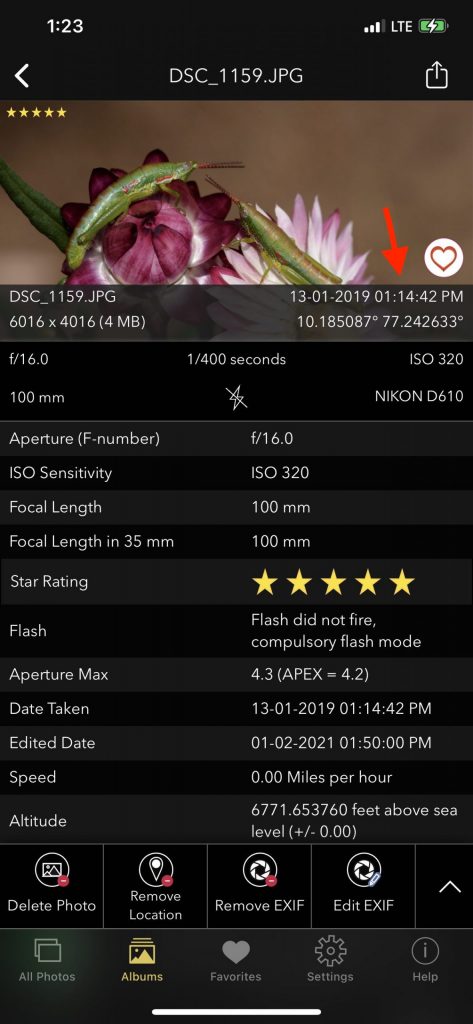
Location Data
Perhaps one of the most fascinating aspects of EXIF data is its ability to reveal where a photo was taken. If your camera or smartphone has GPS capabilities, the EXIF data will include latitude and longitude coordinates, enabling you to pinpoint the exact location of the shot on a map. This feature is especially handy for travelers who want to document their adventures, as it can create a visual travelogue of their journey.
However, it’s essential to be mindful of the privacy implications associated with location data in EXIF. Sharing photos online with this information intact can potentially expose your whereabouts to anyone who views the image. Many social media platforms and photo-sharing websites offer the option to strip location data when uploading photos for added privacy.
Below image: Picture Location and Altitude displayed using EXIF Viewer by Fluntro App:
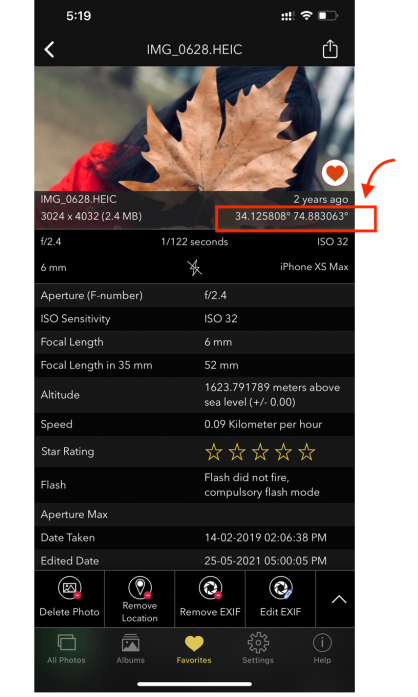
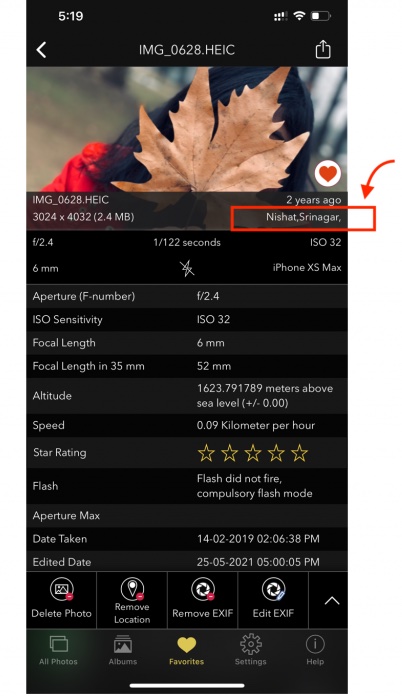
Editing History
Beyond the basic settings, EXIF data can also reveal the editing history of a photo. Some image editing software leaves traces of the changes made to the image, such as exposure adjustments, cropping, or color corrections. By examining this data, you can gain insight into the post-processing work done on an image and learn valuable editing techniques from others.
Using Third-party Apps:
- Download an EXIF viewer app from the App Store, such as “Exif Viewer by Fluntro.”
- Open the app, import your photo, and Edit the EXIF data.
There are also smartphone apps that can Edit EXIF metadata for images saved on your device. For iOS user we suggest Exif Viewer by Fluntro.
Download the “Exif Viewer by Fluntro” App from Appstore
Appstore Link: – https://apps.apple.com/us/app/exif-viewer-by-fluntro/id944118456
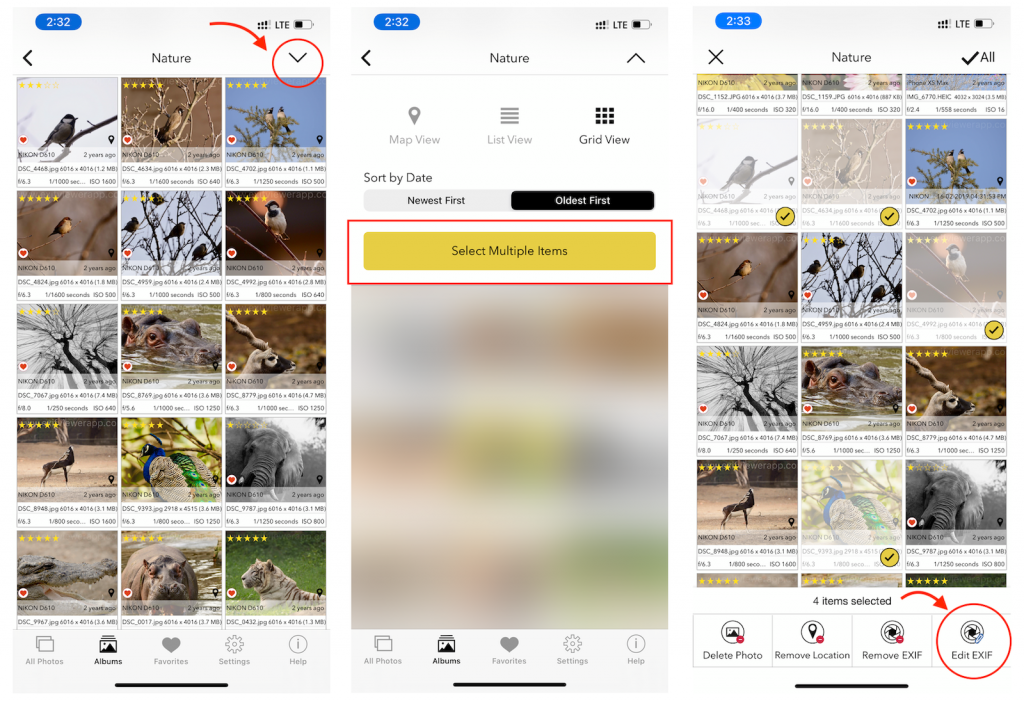
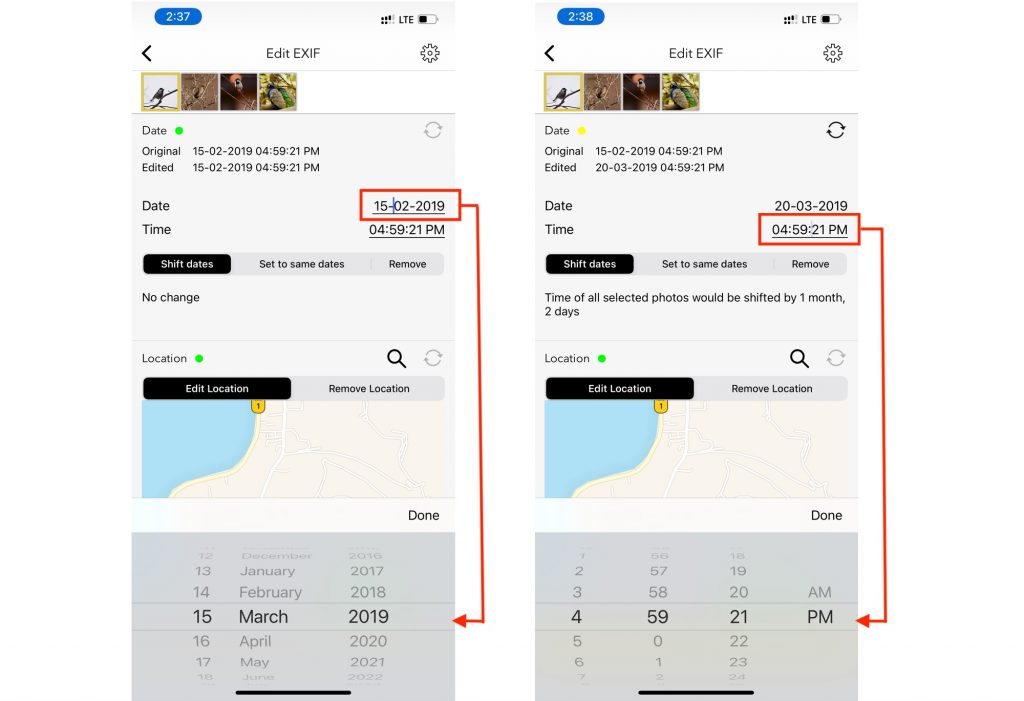
One thought on “EXIF Data: What It Reveals About Your Photos”